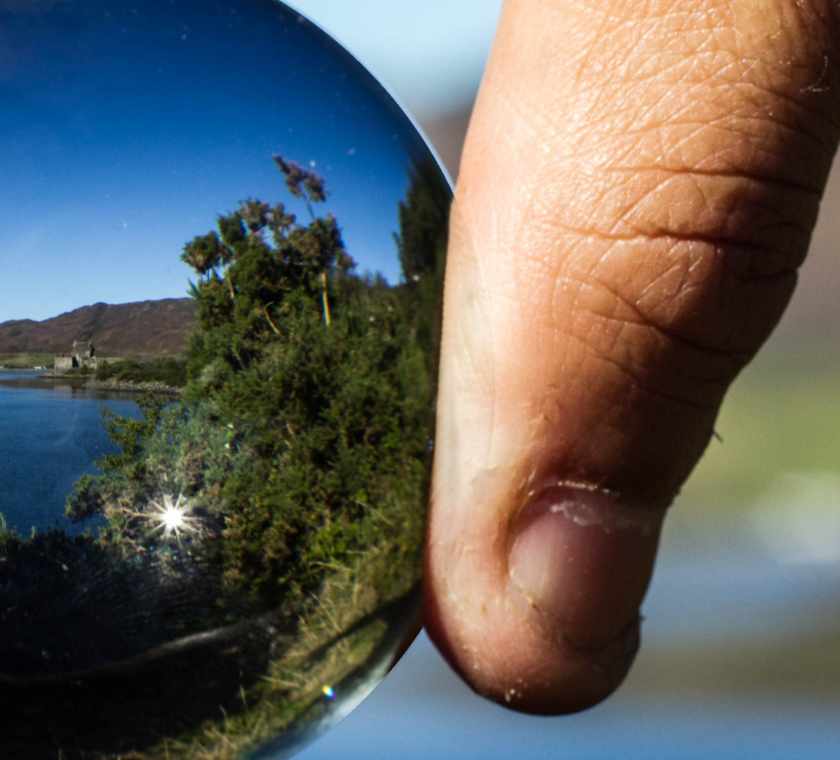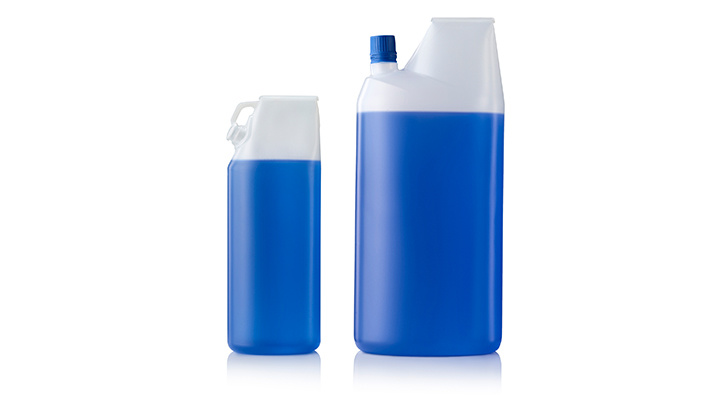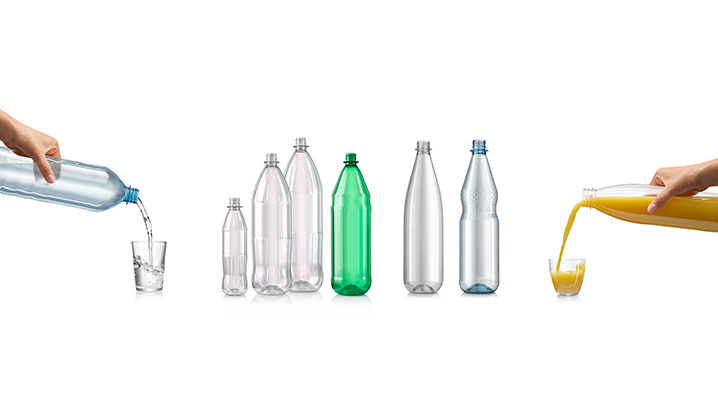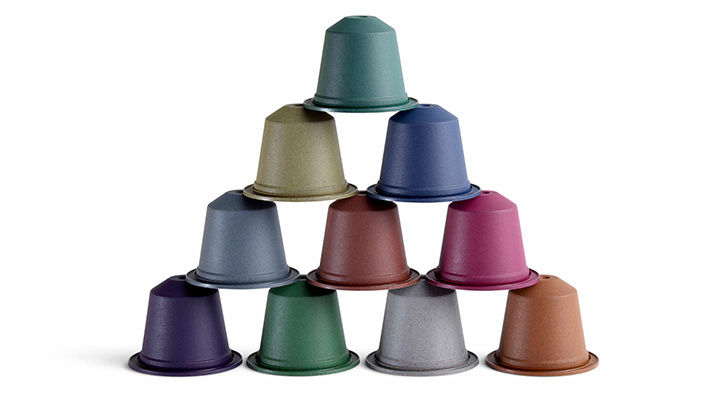Circular economy

Circular Economy in Packaging
ALPLA has set itself the goal of being the most sustainable packaging manufacturer and is working with great commitment to realise the four Rs:
- Reduce
- Reuse
- Recycling
- Replace
Reduce – simply less
Using less material means less CO2e consumption. Therefore, wherever possible, we only ever use as much input material as is necessary for the production of new packaging. We continue to optimise the development of ultra-light packaging, which requires less and less material to produce, thereby significantly reducing the proportion of CO2e attributable to packaging.
Ultralight bottles have a very low tare weight, which conserves valuable resources, saves energy and costs for logistics and transport and reduces CO2e emissions.

Reuse – the beauty of use
Plastics are just as reusable as other packaging materials. The longer they can be kept in their original form in the cycle, the better it is for the climate. We are therefore continuously optimising aspects such as the production and properties of plastic bottles in order to integrate them into established reusable systems such as the KHS system and the deposit cycle of the Genossenschaft Deutscher Brunnen (GDB).
We are in constant dialogue with partners from the beverage industry in order to develop containers that can withstand the challenges and stresses of the reusable system. The results are astonishing: today, we can already have a bottle go through the deposit cycle up to 25 times, which is an increase of 2400 per cent.

Recycling – valuable and truly circular
Plastic is a recyclable material. Plastic packaging is therefore anything but pollution – it is a valuable resource. The production of virgin PET bottles accounts for the largest proportion of resource consumption and carbon emissions. And if these bottles are then incinerated after use, they cause a high carbon emission load once again. What’s more, the material has then been irrevocably disposed of. Our overarching objective is therefore to keep as much plastic as possible in the recycling loop, process it into what’s known as rPET and use this to produce new packaging. The same principle is also applied to HDPE.
Design for recycling
Recycling is not only a technical challenge – it is also a question of design. It takes foresight to be able to feed packaging back into the recycling loop in a targeted way. The colour, material mix and processing are important parameters that influence the recyclability of plastics. With these parameters, we can pave the way for a long life in the recycling loop before packaging is newly produced.
Replace – the future of packaging materials
Not all materials are the same. As a technology leader in the field of packaging materials, we are constantly testing new resource-saving base materials. In collaboration with various partners, we are creating alternative base materials for use in the packaging of the future - based on bacteria, cellulose or sugar cane, for example.
In order to advance this development sustainably, we invest in research and the development of packaging solutions that are up to the challenges of our time in the truest sense of the word. That is our claim to innovation.

